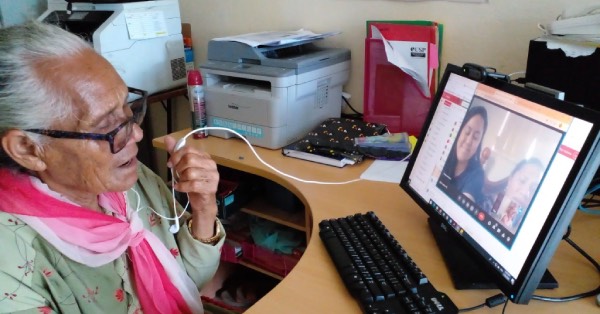
A Vital Connection: How One University in Tonga Kept the Island Nation Connected During Volcanic Aftermath
It’s been nearly two months since a volcanic explosion and subsequent tsunami devastated the Pacific island nation of Tonga. Despite challenging circumstances hampering relief efforts, from reconnecting the massive 827 km undersea cable that provided its Internet connection to the impact of COVID-19, officials continue the work to get lives back online.
With the repair of fiber optic cables, Tonga is slowly getting reconnected. But for five weeks, the nation was seemingly cut off from communication with the outside world – except for one university with a satellite connection.
A single university provides connectivity for an entire island
The University of the South Pacific (USP) is a regional university with locations owned by 14 member countries in the geographic region of Oceania, including Tonga. Because of its wide reach of established campuses located on each island, the university makes sure there’s always a reliable network for students and staff. To accomplish this, the IT services team uses submarine cables to connect the main campuses. In Tonga, the university leverages Intelsat’s Ku-band satellite networks to connect to remote sites outside of the main campus.
On January 15, within seconds of the volcanic eruption, connectivity in Tonga went down, when the force of the explosion severed the undersea communications cable. However, the following morning, the university’s network operator in Ha’apai took photos of the aftermath and posted it on Facebook. “When word spread that there was a working network connection at our campus in Ha’apai, people from all over the island started queuing up to connect to our network to send a message out to their family and friends,” said Kisione Finau, director of IT services at the University of South Pacific.

The university’s Ku-band connection on the Ha’apai and Vava’u islands in the central part of the nation of Tonga were the only networks that were able to communicate with the outside world. Without the Intelsat satellite connection, no calls or messages could get out. Other satellite phone connections could not penetrate the volcanic ash cloud to send messages or make calls.
Lending a hand to help the government of Tonga
The government of Tonga learned about the satellite network at USP and asked if the university could help support government communications. Moving the antenna proved to be a challenge, as no domestic boats were running. The university was able to pivot quickly, dispatching another spare Ku-band antenna from its campus location in Suva, Fiji and shipping it to the main island for immediate use.
Since the eruption, Intelsat has seen massive amounts of traffic on the satellite network it supplies in Tonga. There have been 8.9 terabytes of data delivered in a month, with download volume up to 1.6TB and upload volume up to 178GB over the past week alone.
The lessons learned for the next disaster
Before this disaster, a tsunami was not a concern for the people of Tonga, it was something only talked about in legends and history. The region was more accustomed to occasional hurricanes and cyclones. “When I joined USP, that was our focus—to develop and apply IT contingency plans to make sure that if there was a cyclone or hurricane, we could respond quickly,” said Finau.
The volcanic eruption and resulting tsunami posed a completely different scenario, one much more challenging and complex. “We have to rethink our plans and work together with other technology vendors and suppliers to see how we can deal with future natural disasters, especially as the tempo of disasters are increasing,” added Finau.
Kisione Finau values the university’s partnership with Intelsat, and the importance the company places on being prepared in times in crisis. “That’s the beauty of working together in this industry,” he said. “We know each other, we help each other. Intelsat understands the challenges here.”





































